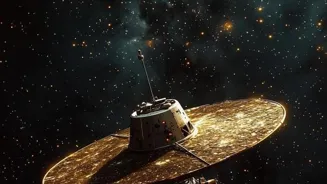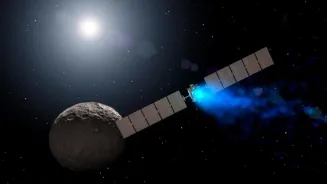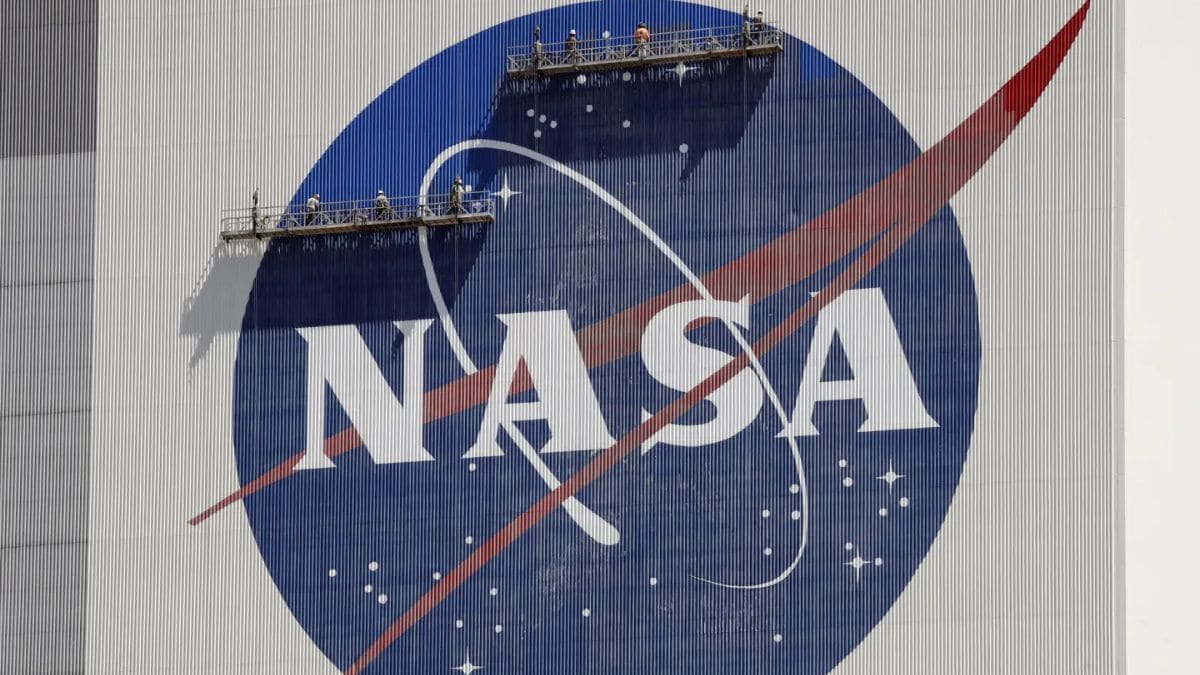Explore Voyager's incredible milestones in interstellar exploration. Discover its impact on space discovery and human curiosity
Voyager's Journey: 8 Incredible Milestones in Interstellar Exploration
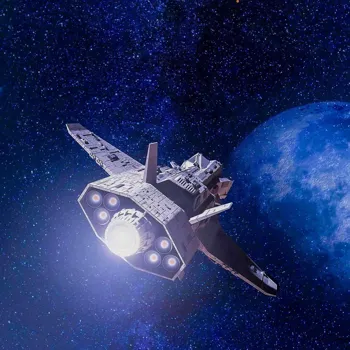
Bangalore
Our 'desi' scientists have always been fascinated by space, haven't they? Just like in the movies, the idea of journeying to far-off galaxies, exploring the unknown, it's something that excites every Indian. And when we talk about real-life space adventures, we can't miss the story of Voyager.
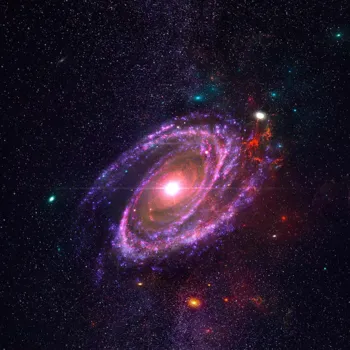
It's not just a spaceship; it's a symbol of human curiosity, our desire to understand the universe. And guess what? Voyager is still going strong! Launched way back in 1977, these twin probes, Voyager 1 and Voyager 2, have travelled further than any other human-made object.
So, let's take a look at some of the most incredible milestones in this amazing journey, a journey that continues to inspire us all. It’s a proud moment for humanity!
Voyager missions revolutionized planetary exploration, unveiling mysteries of outer planets
Voyager’s primary mission was to explore the outer planets of our solar system – Jupiter and Saturn for Voyager 1, and Jupiter, Saturn, Uranus, and Neptune for Voyager 2. Imagine the excitement back then! These were planets we only saw through telescopes.
Voyager sent back close-up images and data, completely changing what we knew about these giant worlds. We learned about Jupiter's Great Red Spot, a storm bigger than Earth, and Saturn's magnificent rings, which are made of countless icy particles. The discoveries were groundbreaking!
Indian scientists, too, were glued to their screens, analyzing the data and contributing their expertise. Even now students dream of working at NASA one day after studying these incredible data points. It demonstrated us the value of dedication.
Voyager discoveries reshaped views on moons, hinting at life beyond Earth
One of the coolest things Voyager did was discover active volcanoes on Io, a moon of Jupiter. Before Voyager, no one knew that moons could have active volcanoes. Think about it – volcanoes on another world! It showed us that the solar system is a much more dynamic and exciting place than we thought.
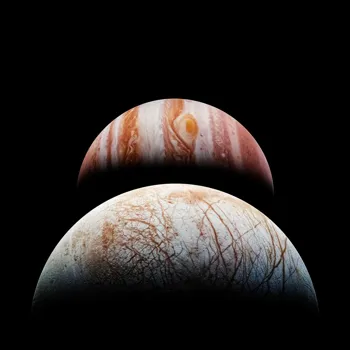
Voyager also revealed that Europa, another moon of Jupiter, has a surface covered in ice, possibly hiding a vast ocean underneath. This discovery sparked intense interest in the possibility of life beyond Earth because where there is water, there might be life!
It gave us a new perspective and opened our minds to the potential of finding life outside our own planet. To see these cosmic marvels are truley incredible.
Voyager 2 explores Uranus, Neptune, expands solar system knowledge
Voyager 2 became the first and so far only spacecraft to visit Uranus and Neptune. The images it sent back of these ice giants were stunning. Uranus, with its pale blue atmosphere, and Neptune, with its deep blue colour and supersonic winds, showed us the diversity of planets in our solar system.
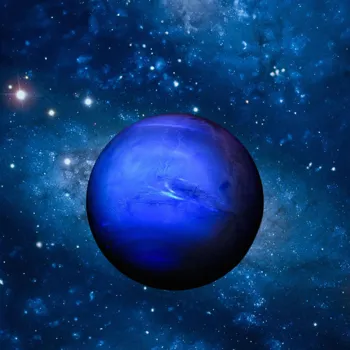
Voyager 2 also discovered new moons and rings around these planets, adding to our knowledge of these distant worlds. Many experts believe there are lots of other planets outside our galaxy. Studying the data from Voyager also helped us refine our understanding of planetary formation and evolution.
It allows us to dream a bit more too.
Voyager spacecraft carry Golden Record with Earth's message for aliens
Both Voyager spacecraft carry a special message for any extraterrestrial civilization that might find them someday. It's called the Golden Record, and it's a time capsule containing sounds and images representing life on Earth.
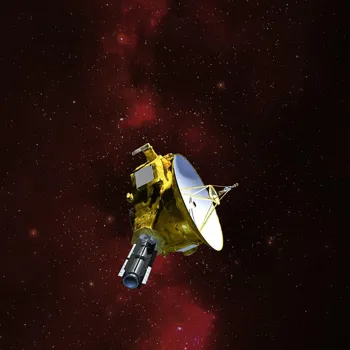
There are greetings in different languages, music from various cultures, and images of people, plants, animals, and landscapes. It’s like sending a postcard to the universe! The Golden Record reflects humanity's hope for contact and our desire to share our story with others.
It’s a symbol of our optimism and our belief in the potential for connection across the vastness of space. It makes us proud of our home.
Voyager 1 and 2 break through heliopause, marking a milestone in interstellar exploration
In 2012, Voyager 1 crossed the heliopause, the boundary between our sun's influence and interstellar space, becoming the first human-made object to enter this new frontier. Voyager 2 followed suit in 2018. This was a huge achievement!
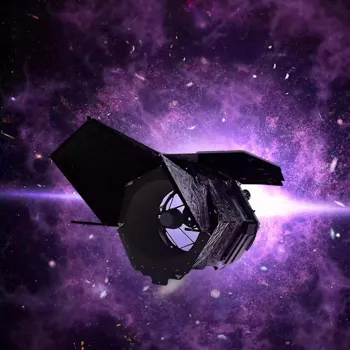
It meant that Voyager had left our solar system and was now travelling through the space between stars. The data from Voyager is giving us valuable insights into this unexplored region, helping us understand the conditions of interstellar space. It’s like exploring a new ocean, a sea of stars!
Even with limited power, Voyager continues to send back data, pushing the boundaries of our knowledge and inspiring future generations of space explorers. It marks a significant step forward in our quest to understand the universe.
Voyager's legacy lives on as it journeys through space
Even though Voyager is now very far away, scientists back on Earth are still listening. The spacecraft are powered by plutonium, which is slowly decaying, reducing the amount of power available. Eventually, the spacecraft will run out of power and stop transmitting data.
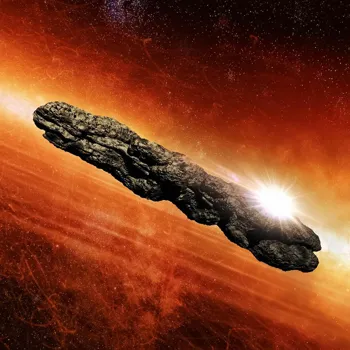
But even then, they will continue their journey through interstellar space, carrying the Golden Record and humanity's message to the stars. The legacy of Voyager will live on, inspiring future generations of explorers and scientists and fuelling our curiosity about the universe.
While this journey may come to an end, the spirit of discovery shall live on forever.
Voyager spacecraft: symbol of human achievement and exploration
Voyager journey is a testament to our achievements. It is a symbol of hope, curiosity, and the power of human ingenuity to explore the unknown. It's a story that reminds us of how far we've come and inspires us to continue pushing the boundaries of exploration.
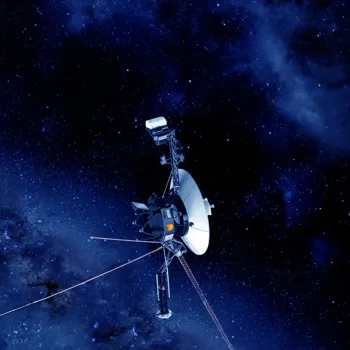
So, the next time you look up at the night sky, remember the Voyager spacecraft, still travelling far, far away, carrying our message to the stars. It’s a journey that proves that even the sky is not the limit! It makes you proud to be human, understanding all that we can do.
